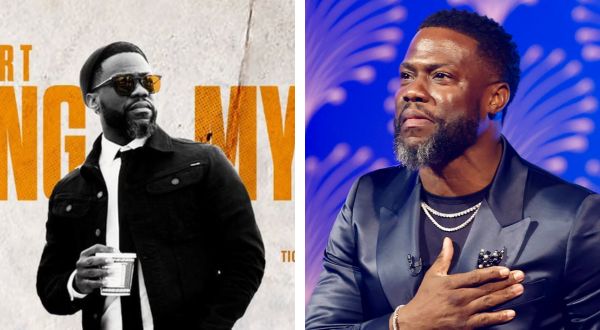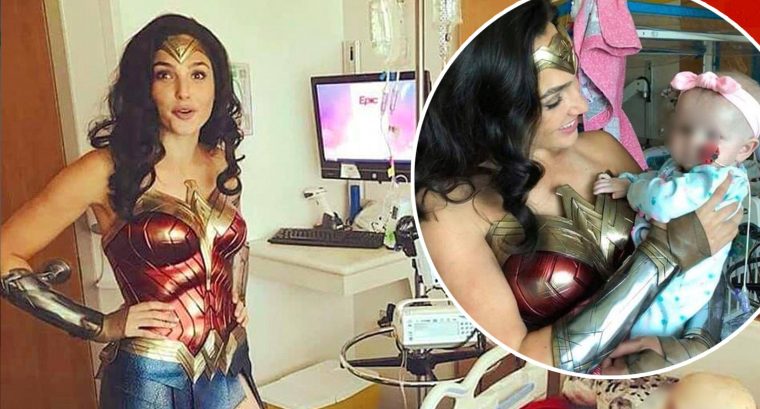By now, most people have seen Avengers: Endgame. It has grossed over $2 BILLION since release and is tracking to replace James Cameron’s Avatar to be the number one all-time box office record holder. Over ten years in the making, Endgame is the culmination of not only a decade of storytelling, but a send-off to the MCU’s MVP, Tony Stark.
A solo Iron Man movie shouldn’t have worked. Ask any Marvel fan circa 2005 and they would have expressed disbelief that a solo Iron Man tale would be enough to sustain itself, let alone be the catalyst for a movie universe over 11 years and 22 movies in the making. He wasn’t the most popular character in the Marvel Universe, and his most memorable storyline, “Demon in a Bottle” (which saw Tony Stark battle with alcoholism) took place over 25 years prior. Without the X-Men? Fantastic Four? Spider-Man? The idea was laughable.
“I would say that before the MCU, I wasn’t a big fan of the Avengers or some of their significant members, like Iron Man and Thor. The MCU made those characters more lively and funnier.” — Fandom community member Fandyllic
A HARD SELL
But that’s the landscape Avi Arad dealt with in the 1990s. One where even seemingly ‘can’t miss’ properties like Spider-Man were hard sells to television and movie executives, as they didn’t have the brand recognition of a Superman. As Arad told Vanity Fair: “When we got involved with Marvel, Marvel had very low self-esteem. It seemed like something that is old. Comics were very niche. No one saw the value of it. No one wanted Spider-Man.”
Arad would lead the most popular Marvel properties like Spider-Man and the X-Men to success, but Avengers titles eluded them. Especially while Marvel was not in charge of its own cinematic destiny. This was often a fight for Arad, who attempted to help a low-on-confidence Marvel sell their flagship properties for whatever they could get for revenue sharing. When Feige later came on board the team, he would have his hands full.
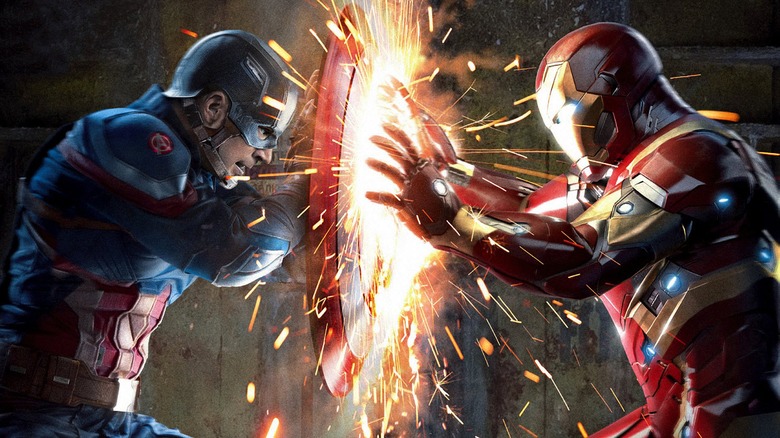
“In my seven years, from 2000 to 2007, before we started Marvel Studios, you can see movies that worked and the movies that didn’t work. Well, we suggested this, but they didn’t listen,” Feige told Vanity Fair about the situation.
Studios were trying to please a wider audience away from hardcore fans because they didn’t see any benefit in appealing to them. This frustration led Feige and Arad to form what would become Marvel Studios.
“If something’s not going to work, I’d rather it be because we had what we thought was a good idea and it just didn’t work, versus, we were unable to convince the decision-maker to do x, y, or z,” Feige continued.
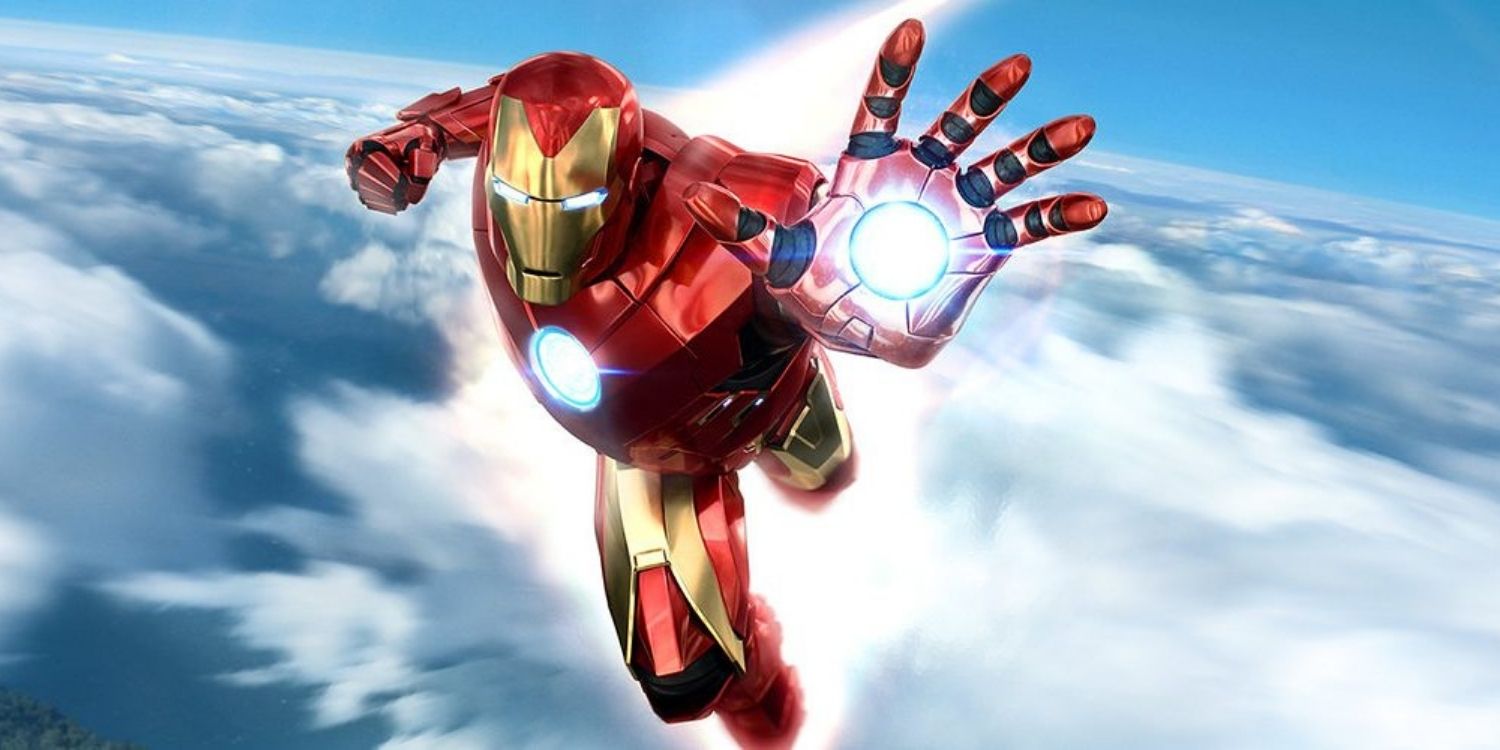
DOING THEIR OWN THING
A nascent Marvel Studios couldn’t depend on the most popular Marvel franchises at the start. Instead, they worked on a property that shouldn’t have worked: Iron Man. Arad and Feige knew that Iron Man was cool, but many studios passed. New Line had the rights for years, eyeing possible casting choices like Nicolas Cage and Tom Cruise, but this didn’t pan out and ultimately the rights went back to Marvel.
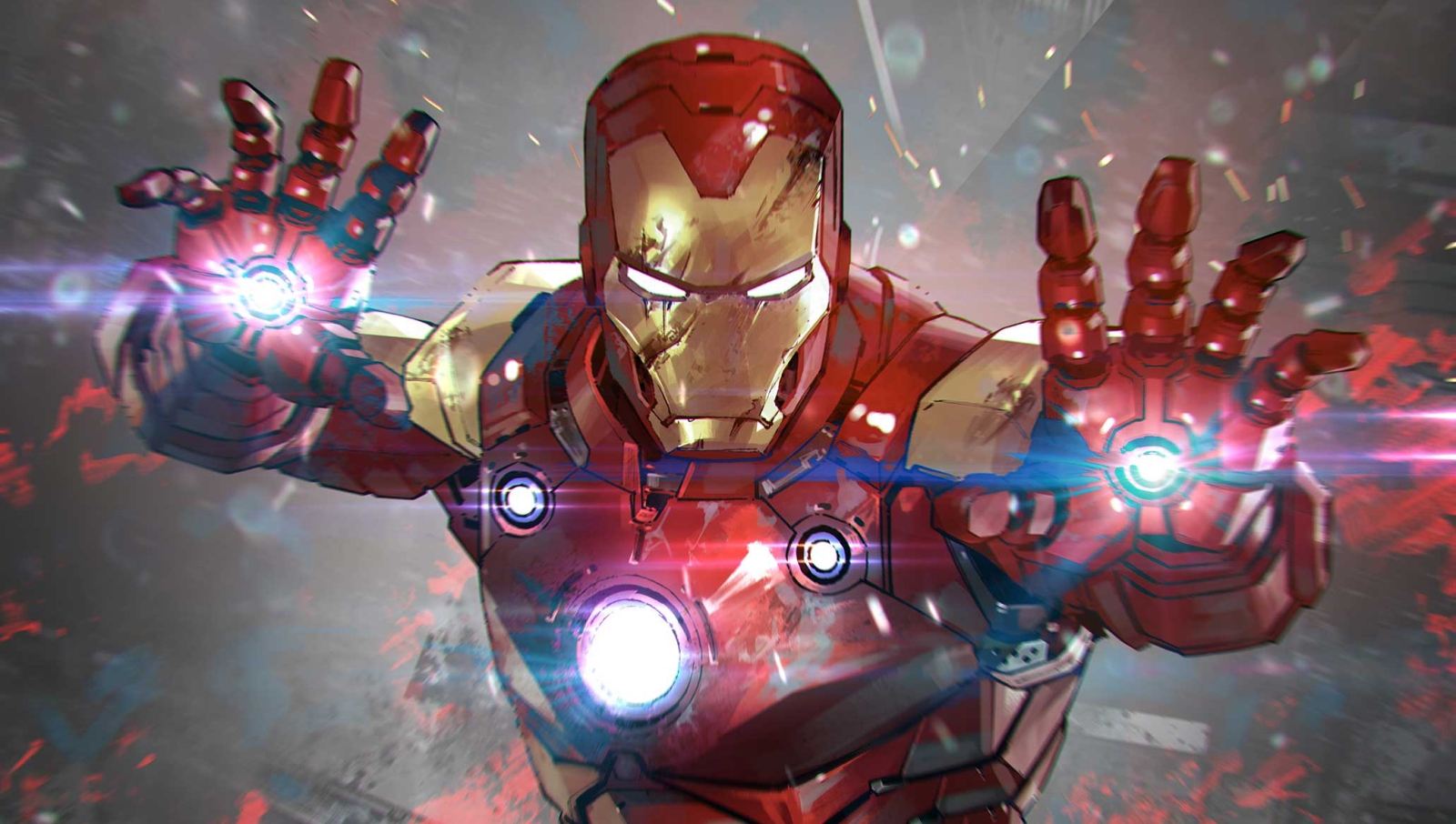
But Tony Stark’s unpopularity proved to be a godsend for them, kickstarting an unprecedented blockbusting comic-book movie universe. Iron Man’s success was proof that the adage ‘Do your own thing’ was a winner; a formula that would work for more than a decade on the big screen. The film grossed $585.2 million USD, and had critics like Roger Ebert saying, “With many superhero movies, all you get is the surface of the illusion. With ‘Iron Man,’ you get a glimpse into the depths.”
Feige said, “Going back to my experience watching Sony and Laura Ziskin and Avi hire Sam [Raimi]… not people who had just come out with a big, giant blockbuster and now were doing their next… [F]ilmmakers who’d done super-interesting movies on a lesser scale coming into a bigger platform”.

This became the ethos of the burgeoning Marvel Studios: humanity first, with directors who had shown an interest in depicting that on screen steering the ship. But even then, many were unsure that Iron Man could deliver what the studio needed to forge ahead.
HE IS IRON MAN
All movies hinge on their lead. What about a comic-book story starring a character that is distinctive and yet unknown to movie-going audiences? Where do you start? Well, they needed a believable Tony Stark. And not some 25-year old who could play the captain of the swim team.
“Hollywood likes them to be 26 and cut, but Tony Stark was not a young kid,” said Arad to Vanity Fair. “We got very lucky. We ended up with Robert Downey Jr.”

Robert Downey, Jr was almost a household name at the time, but mostly due to a troubled past he had moved away from. He was an A-list quality actor, who had resurrected a flailing career in the years leading up to his casting as Iron Man. A career which began in the 1980s with notable roles like the troubled Julian in 1987’s Less Than Zero, Ian in 1985’s Weird Science, and the eponymous Charlie in 1992’s Chaplin. Roles in Shane Black’s Kiss Kiss Bang Bang and George Clooney’s Good Night, and Good Luck., both 2005; and David Fincher’s Zodiac in 2007 underlined his talent and drew attention to the former 1980s’ pin-up. He was now looking for the right role to propel him to where he belonged. RDJ looks back at screen tests from back then and realizes he was what we have always known: he IS Iron Man.

“I hadn’t seen the screen test, for some reason or another. I finally said, ‘Oh, maybe I should look at this’. I looked at the screen test this year, from 10 years ago, and I was like, ‘Yeah, I guess I was the right guy’,” he told Vanity Fair.
Robert Downey Jr. is so perfectly Tony Stark that picturing anyone else in the role is impossible. He brought his natural charm and wit to a character that many people were being introduced to for the first time. The Tony Stark of the MCU is entirely a Robert Downey Jr. creation, and audiences connected to him immediately. After finding their perfect lead, Marvel Studios were off to the races.
BELIEF IN A VISION
… but first, they had to sell it. As large a juggernaut (heh) as Marvel Studios is now, many folks forget it all started with Iron Man as an independent movie. Iron Man HAD to work. The studio took out bonds and would be in massive debt had it not. But after so many years of watching other studios mishandle their baby, they believed in their vision of how a Marvel movie should work.
And they were right.
Their guidance and the direction of Jon Favreau laid the groundwork. But someone had to give life to a character that studios considered unadaptable, and that audiences not only didn’t care about, but hadn’t heard of.

The great thing — arguably, the best thing — about the MCU is the ability to make movies about superhumans that focus more on the human part than the super. There is a reason we call her Nat and not Black Widow. Clint and not Hawkeye. And it started with Tony Stark declaring that he was Iron Man, and not the other way around.
Tony Stark shouldn’t work. He’s a cocky billionaire who used to be an arms manufacturer. But throughout even the first film, we watch him become a better, more selfless man. We see him go from a playboy to falling for Pepper Potts, a woman who knows she is his equal and treats him as such. We see him grapple with PTSD after having to battle an alien horde in the first Avengers movie. Tony’s redemption arc culminates with him sacrificing his life to save the universe in a way that feels earned, not cheap. And while he will certainly be missed — and never replaced — we let go of this character that we have loved for over a decade. Because his story brought him full circle, we no longer needed proof that Tony Stark had a heart.



